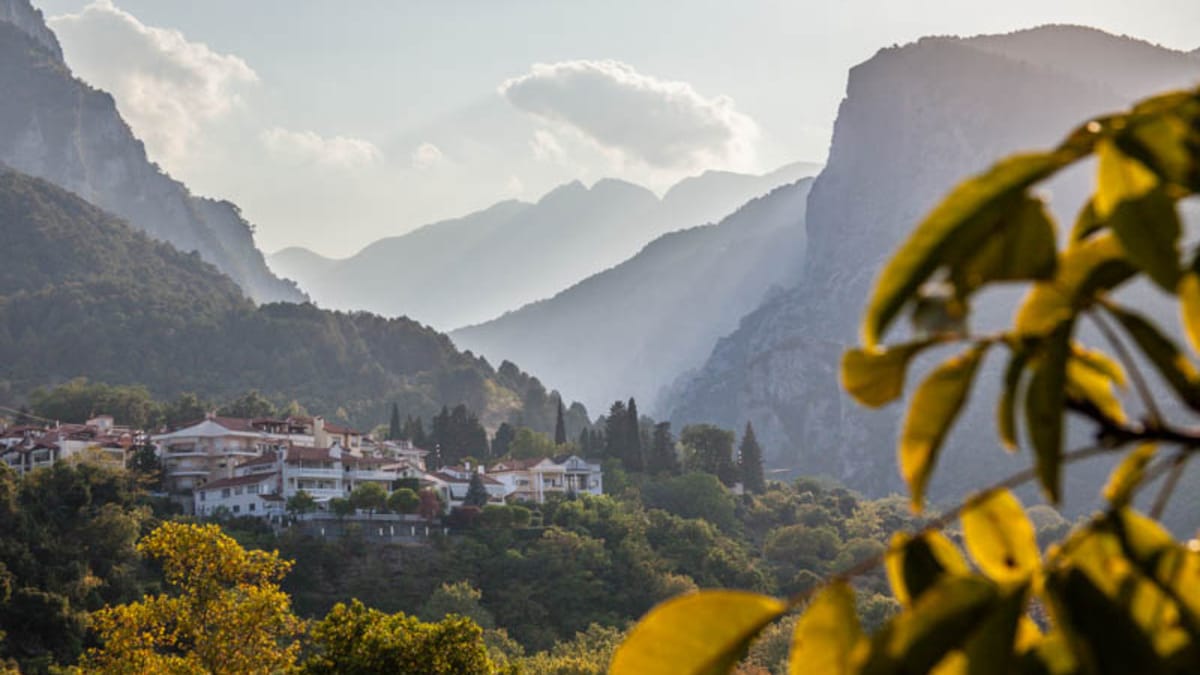Mount Olympus, the mythical home of the Ancient Greek Gods, is also home to some of the most jaw-dropping mountaineering trails in Europe.

Travel

Mount Olympus, the mythical home of the Ancient Greek Gods, is also home to some of the most jaw-dropping mountaineering trails in Europe.